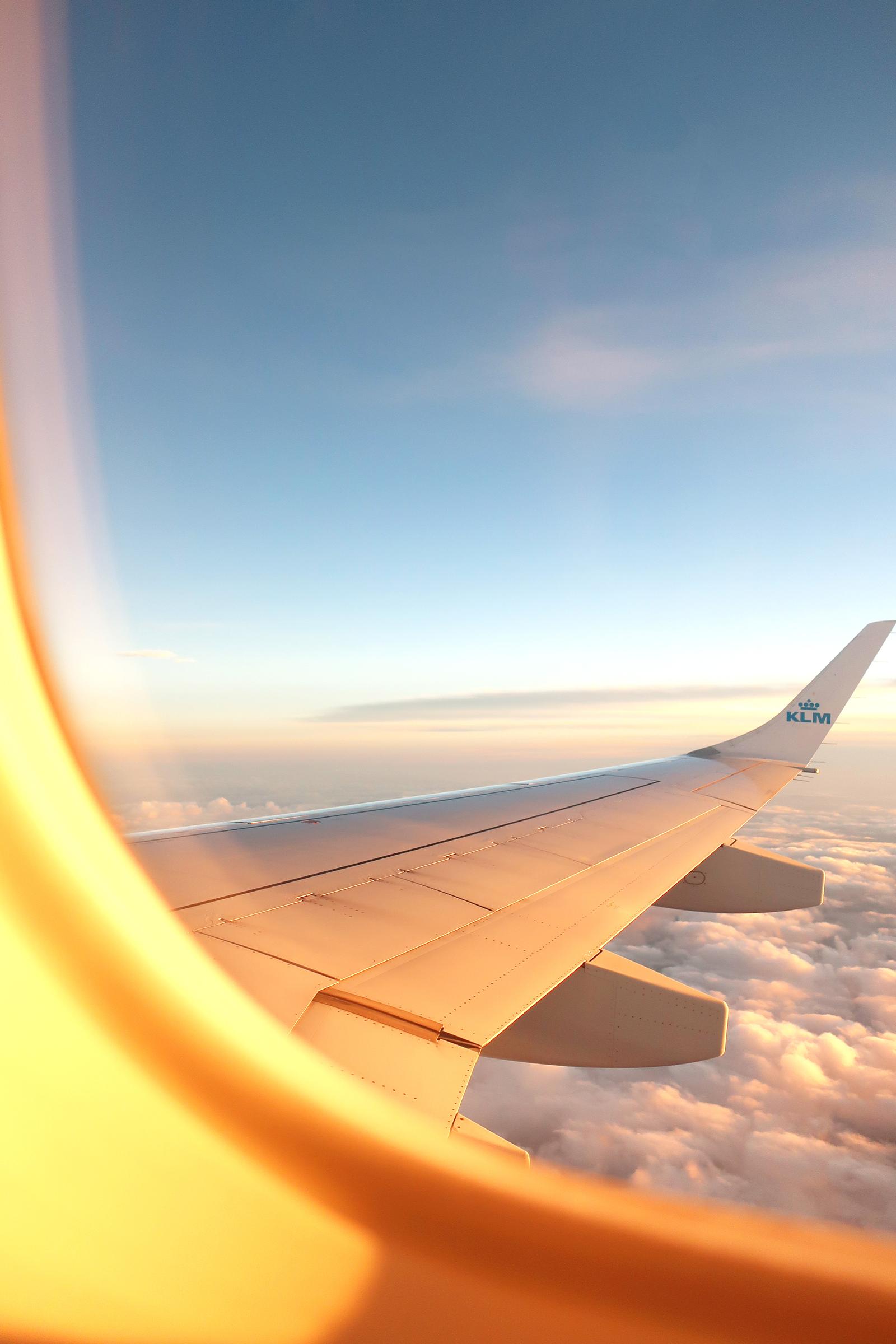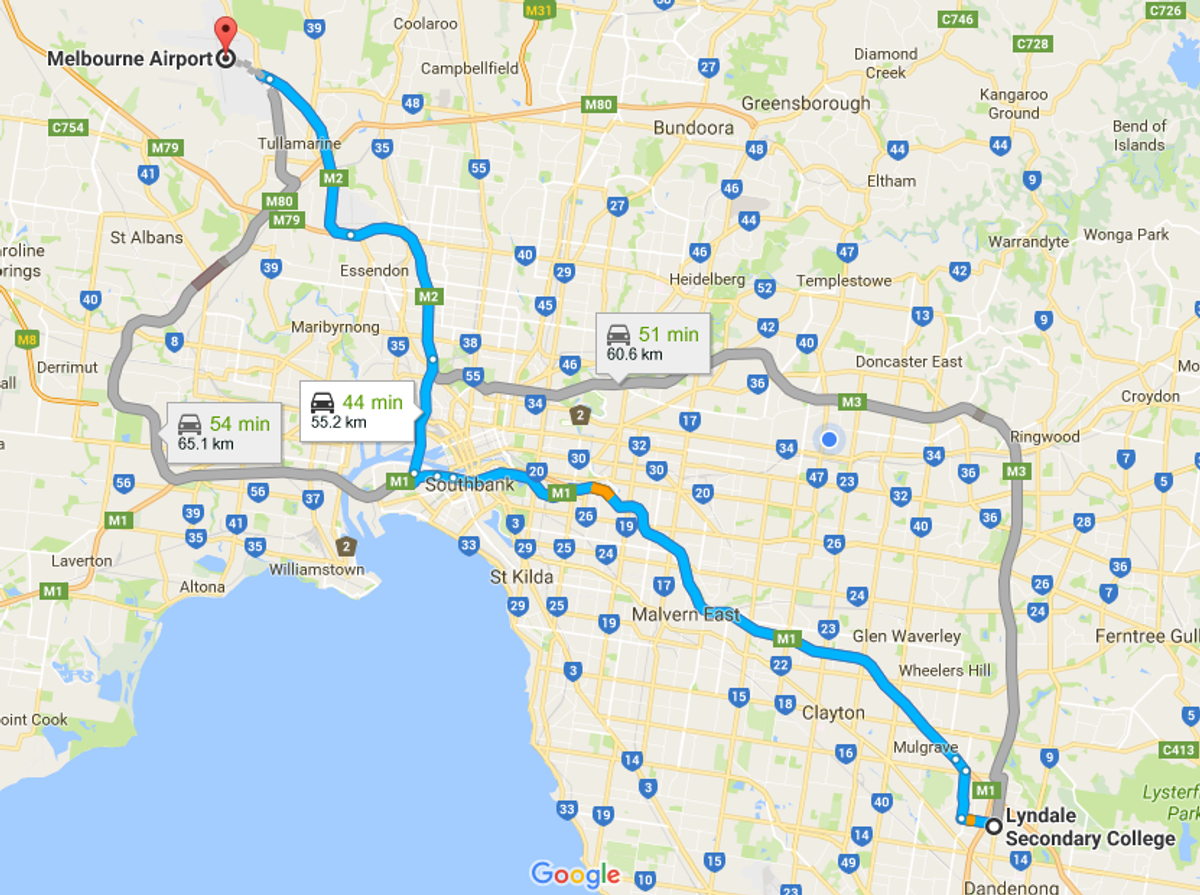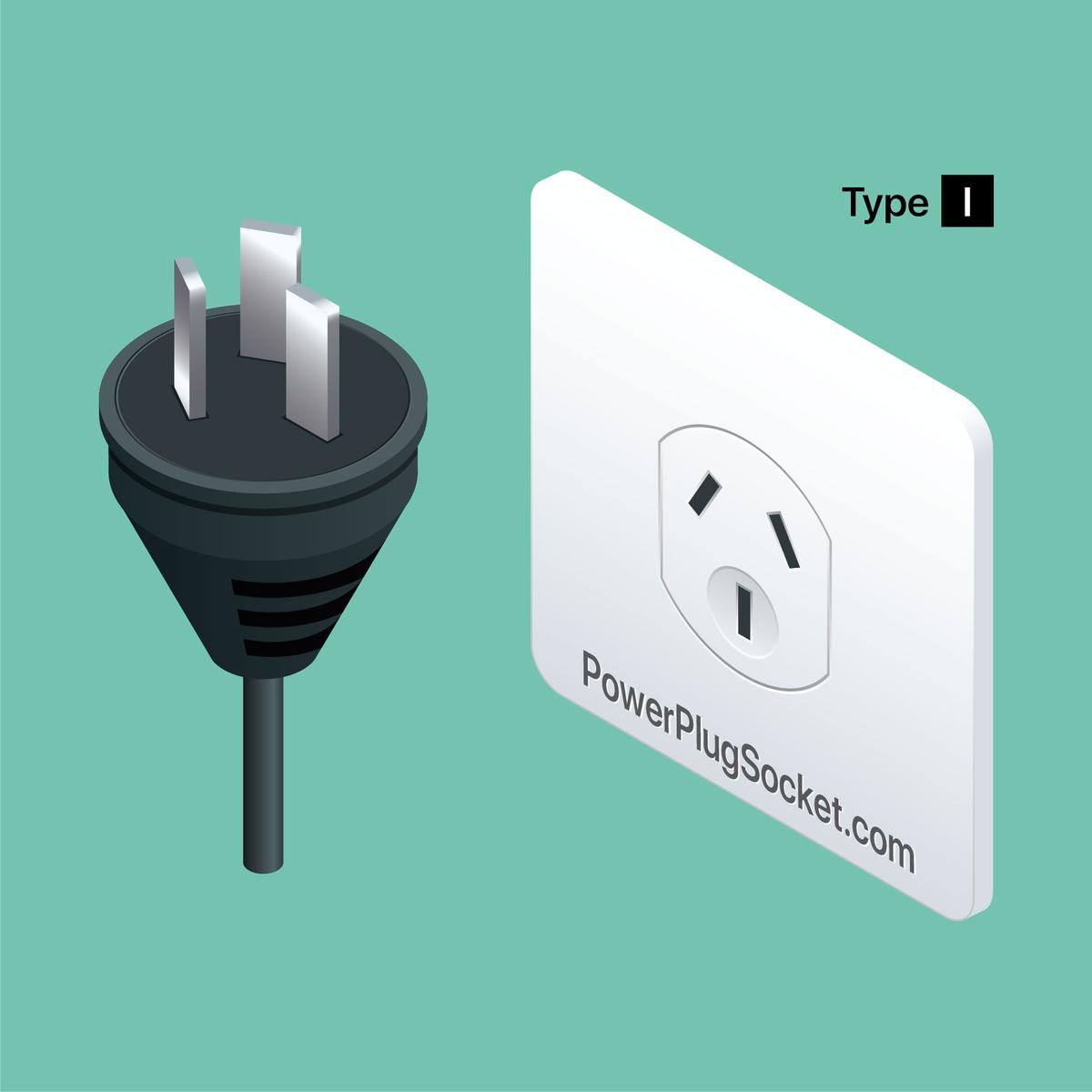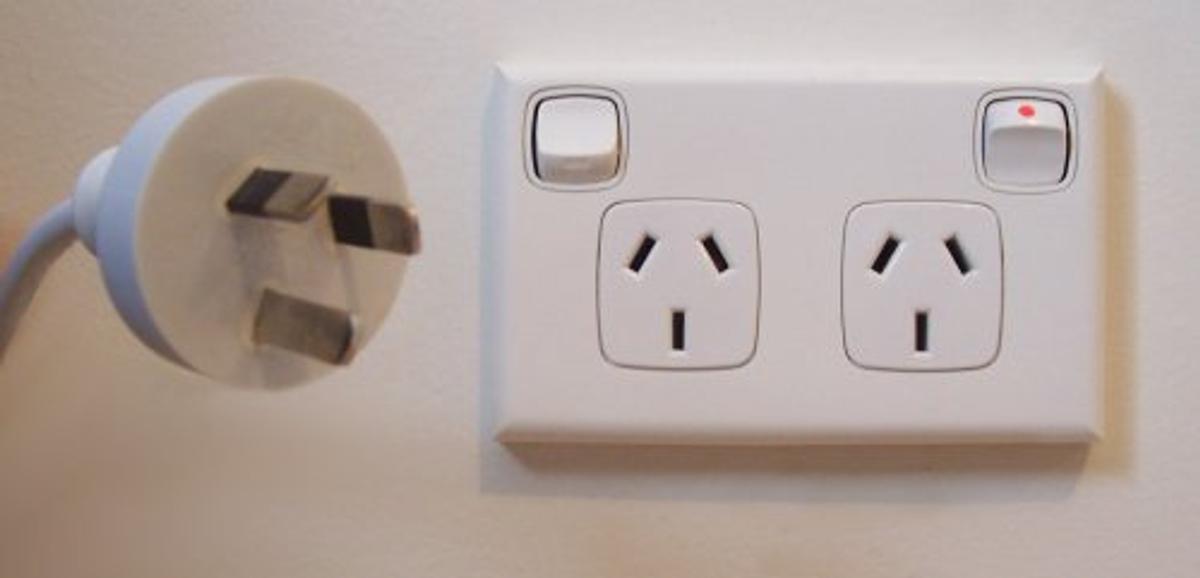2.3 Arranging Travel

You will need to make your own travel arrangements to Australia. Please try to arrive at least 1-2 weeks before the start of International Student Orientation to allow enough time for settling-in, adjusting to the climate and overcoming jet-lag.
You should fly into Melbourne International Airport which is Victoria’s largest and most frequently used airport. Visit http://melbourneairport.com.au/.. Upon arrival at Melbourne International airport a staff member from Lyndale Secondary College’s International Students unit will greet you and take you to your place of accommodation.
North Dandenong is located approximately 60 kilometres from Melbourne International Airport. Travelling along the Tullamarine expressway and the Monash Freeway, this trip can be made in between 40 to 60 minutes, depending on the time travel is made. Refer to the map below:
Documents
You should prepare a folder of official documents to bring with you to Australia, including:
- Valid passport with student visa
- Offer of a place / admission letter from Lyndale Secondary College
- Confirmation of Enrolment (eCoE) issued by Lyndale Secondary College
- Receipts of payments (e.g. tuition fees, OSHC, bank statements etc.)
- Insurance policies
- Original or certified copies of your academic transcripts and qualifications
- Other personal identification documents (e.g. birth certificate, ID card, driver’s licence)
- Medical records and/or prescriptions
- CAAW if you are under 18 years of age.
If you are travelling with your family you will need to include their documents as well. Keep all documents in your carry-on luggage. In case you lose the originals, make copies that can be left behind with family and sent to you.
What to Bring
Students are often surprised by how strict Australian Customs Services and quarantine can be. If you're in doubt about whether your goods are prohibited or not, declare it anyway on the Incoming Passenger Card which you will receive on the plane. Students have received on-the-spot fines for not declaring items. Visit the Australian Quarantine and Inspection Service (AQIS) website for more information.
- Read “What can't I take into Australia?”
- And also let your family and friends know “What can't be mailed to Australia?”
Baggage allowances flying into Australia will vary according to your carrier, flight class and country of origin. Please check with your carrier prior to departure. Economy passengers are generally permitted 1 x checked luggage (35kg) and 1 x carry-on (7kg) for international flights, but only 20kg of checked luggage on domestic flights within Australia. This will significantly limit the amount of things you can bring, especially if you will fly within Australia to get to your final destination. Therefore, it is essential to think the packing process through very carefully. You will be able to purchase most things upon arrival in Australia but the price may be higher than in your own country.
Seasonal Considerations
Summer in Australia is from December to February, autumn from March to May, winter from June to August, and spring from September to November. For most of the country the hottest months are January and February which can reach around 45°C and are characterized by a dry heat.
If you arrive in June or July, the coldest months of the year, you may need to bring or buy winter clothing and blankets. You may also need to purchase a heating appliance once you arrive. Melbourne is known for its unpredictable weather, so it is wise to wear layers of clothing where appropriate.
Clothing and items to bring
When not attending school or work Australian people tend to dress informally. Jeans or slacks with t-shirts or blouses, sneakers or “running shoes” are almost standard dress. Shorts are often worn during the summer months when sandals are the most common footwear. It is acceptable for both men and women to wear shorts and sleeveless t-shirts. This is common during the hotter months.
A sports coat or suit and tie for men and appropriate dress for women is necessary for some functions such as formal dinners, graduation ceremonies, student dances or balls. For festive occasions, you may want to bring your traditional dress and accessories.
When attending school all students will be required to wear a full school uniform to classes and other school activities. Lyndale has a strict school uniform policy which stipulates that no other visible clothing may be worn other than the uniform. There is also a Physical Education uniform students must wear during sport lessons and sport-driven co-curriculum activities. All items of school uniform can be purchased upon first arriving at the school. More information on Lyndale’s school uniform can be found at http://lyndale.vic.edu.au/learning-at-lyndale/uniform/.
Other Items You Might Need to Include:
Most of these items can be purchased in Australia
|
|
The standard voltage for electrical items in Australia is 240V. Electric plugs have three flat pins, one of which is an earth pin. You may need to buy an adaptor or have the plugs changed when you arrive. Note: In the picture, the red dot indicates that the switch is on and power is flowing through that socket.
Bringing Your Computer
Lyndale Secondary College has a BYOD (Bring Your Own Device) policy, which means students are expected to bring their own computer to all classes. Smart phones and tablets are not permitted as part of the BYOD program. All teaching areas are fitted with WIFI and students access the daily operations program Compass throughout the day. The college has two options when considering a computer:
- you purchase a laptop after arriving in Australia, or
- you bring your laptop from your home country be set up using English as the main language (additional languages may be added to suit your needs) to ensure that ICT support can be provided when required.
Bringing a PC or laptop into Australia may be a little more complicated.
Items owned and used for more than 12 months prior to arrival are allowed in tax-free. Proof of the date of purchase and purchase price may be required. Computers which are less than 12 months old and over AUD$400 may attract Goods and Services tax (GST) at a rate of 10%. Consideration is given as to whether or not you intend to export the computer at the conclusion of your studies.
To satisfy the Customs Officer that you will be taking the computer out of Australia you should bring along a statutory declaration (a written declaration witnessed by the certifying authority in your country) stating that the computer is for use during your studies in Australia, and that you intend to take it back with you when you complete your studies. You may be required to give an undertaking under Section 162 to this effect and provide a cash security to Australia Customs upon arrival.
Minimum operating requirements are:
- Internal disk capacity of 128GB or more
- Windows 10 OS preferred, anything from Windows 7 OS acceptable
- WIFI capability
Office suite products are provided by the Victorian Department of Education and Training as part of its EduStar package. More information on Lyndale’s ICT BYOD policy can be found at https://lyndale.vic.edu.au/laptop-program/
Mobile Phones and Laptops
If you are considering bringing a mobile phone, laptop, or any communication devices we suggest that you visit the Australian Communications and Media Authority www.acma.gov.au before making any purchases. Some students have brought in their own laptops with internal modems only to discover that they were unable to use their modem in Australia. Any external or built-in modems must be Austel Approved in order to function in Australia.
On Your Flight
Wear comfortable, layered clothing so that you are able to make adjustments according to the local weather. Remember – if you are flying from a northern hemisphere winter into the Australian summer it will be very HOT so wear light weight clothing underneath, and have a pair of sandals or lighter shoes in your hand luggage if you need cooler footwear. Alternatively, extra clothing may be required on-hand if flying into the Australian winter season.
Before landing in Australia passengers are given an Incoming Passenger Card to fill in. This is a legal document. You must tick YES if you are carrying any food, plant material including wooden souvenirs, or animal products. This includes fruit given to you during your flight. If you have items you don’t wish to declare, you can dispose of them in quarantine bins in the airport terminal. Don’t be afraid to ask airline staff if you have any questions.
If you are carrying more than AU$10,000 in cash, you must also declare this on your Incoming Passenger Card. It is strongly recommended however, that you do not carry large sums of cash but arrange for an electronic transfer of funds into your Australian bank account once it has been opened.
Entry into Australia
Australian Immigration
When you first arrive in Australia you will be required to make your way through Australian Immigration (follow the signs for Arriving Passengers as you leave the plane). An Immigration Officer will ask to see your completed Incoming Passenger Card (given to you on the plane) along with your passport and student visa evidence. The Immigration Officer will check your documents and may ask you a few questions about your plans for your stay in Australia. It is not common that airport workers will be able to speak your home language, some English may be required to communicate with them.
Baggage Claim
Once you have passed through the immigration checks you will move to baggage claim (follow the signs) and collect your luggage. Check that nothing is missing or damaged. If something is missing or damaged go to the Baggage Counter and advise them of your problem. Staff at the Baggage Counter will help you to find your belongings or lodge a claim for damage.
Detector Dogs
You may see a Quarantine Detector Dog at the baggage carousel or while waiting in line to pass through immigration, screening luggage for food, plant material or animal products. If you see a detector dog working close to you, please place your bags on the floor for inspection. These dogs are not dangerous to humans and are trained to detect odours. Sometimes a dog will sit next to your bag if it sniffs a target odour. Sometimes dogs will detect odours left from food you have had in the bag previously. A quarantine officer may ask about the contents of your bag and check you are not carrying items that present a quarantine risk to Australia.
Australian Customs and Quarantine
Once you have your luggage you will go through Customs. Be careful about what you bring into Australia. Some items you might bring from overseas can carry pests and diseases that Australia doesn’t have. You must declare ALL food, meat, fruit, plants, seeds, wooden souvenirs, animal or plant materials or their derivatives.
Australia has strict quarantine laws and tough on-the-spot fines. Every piece of luggage is now screened or x-rayed by quarantine officers, detector dog teams and x-ray machines. If you fail to declare or dispose of any quarantine items, or make a false declaration, you will get caught. In addition to on-the-spot fines, you could be prosecuted and fined more than AU$60,000 and risk 10 years in prison. All international mail is also screened.
Some products may require treatment to make them safe. Items that are restricted because of the risk of pests and disease will be seized and destroyed by the Australian Quarantine and Inspection Service (AQIS).
For more detailed information about bringing in food, animals, plants, animal or plant materials or their derivatives visit www.daffa.gov.au/aqis.
Arrivals Hall
You will be able to leave the restricted area and enter the Arrivals Hall once you have cleared Customs. Here you will find a number of retail and food outlets along with public telephones, an information booth and money exchange facilities. If you arrive on a weekend, you may like to exchange money here as most banks are not open on Saturdays and Sundays. A international students staff member will meet you in the arrivals hall after you provide your Incoming Passenger Card to the customs officer. Look for a sign with your name on it.


